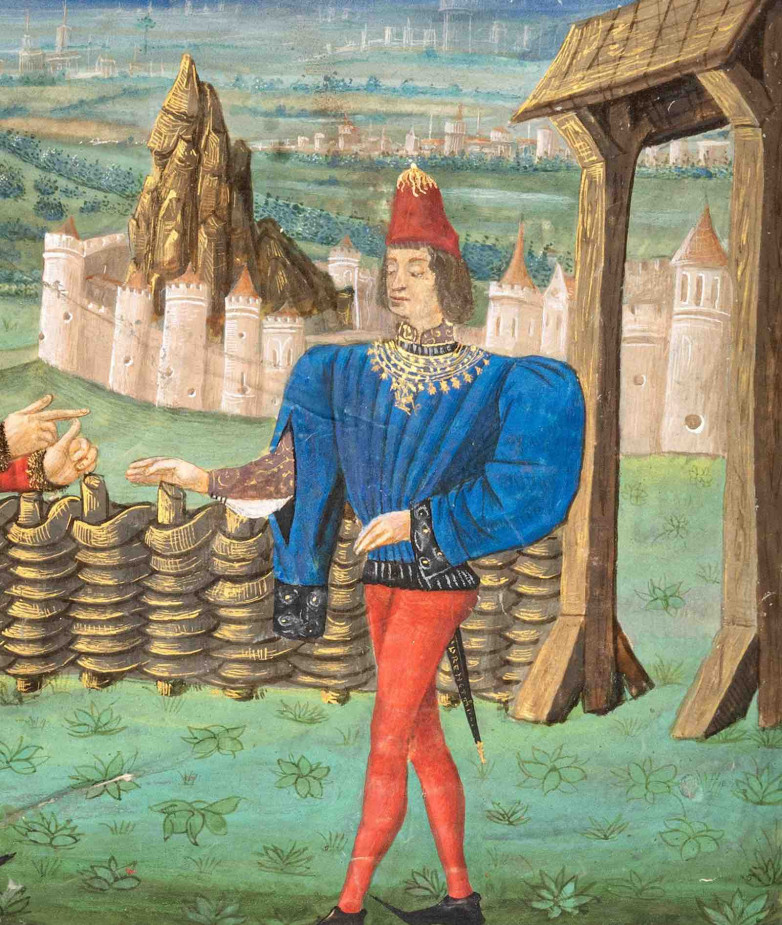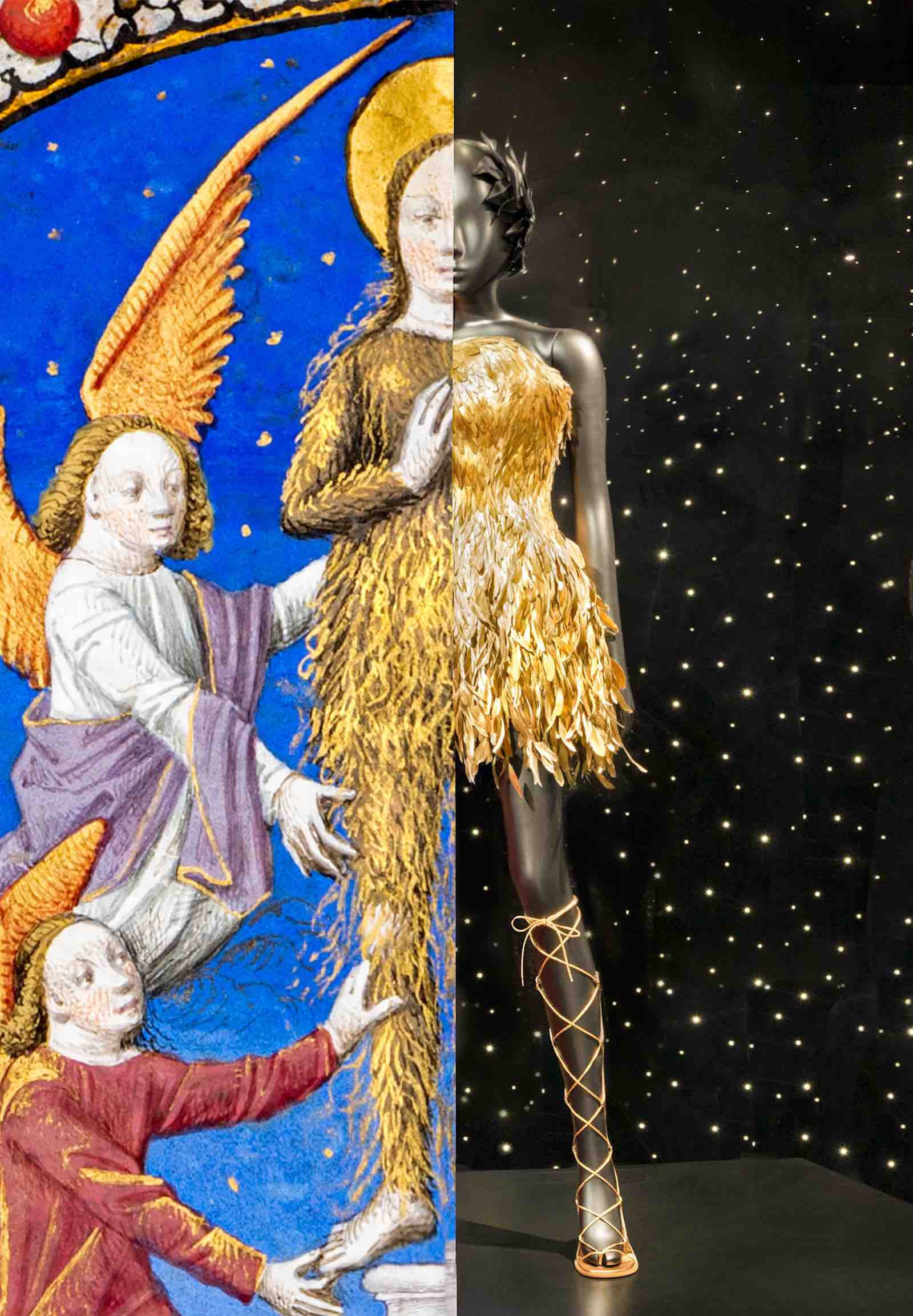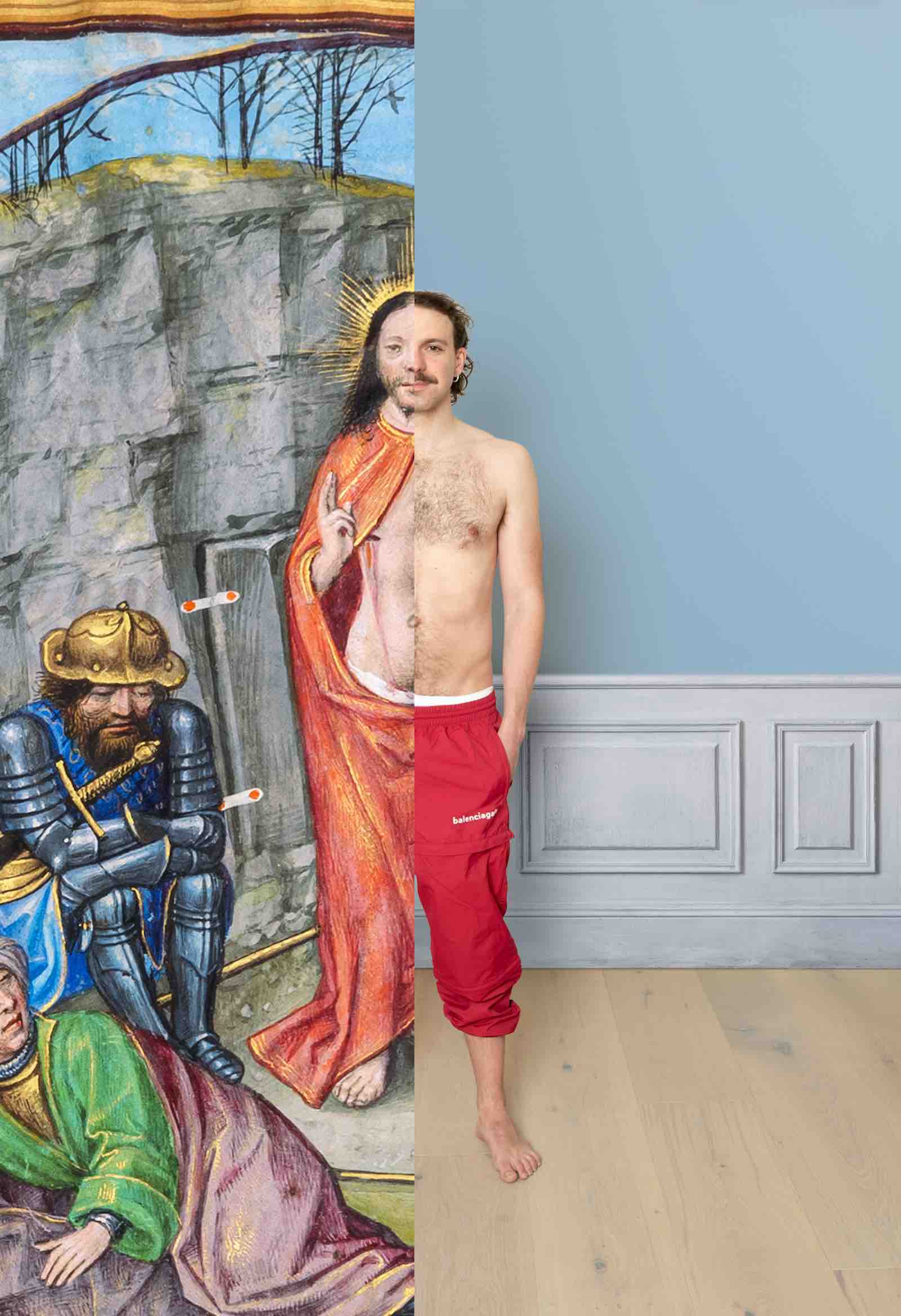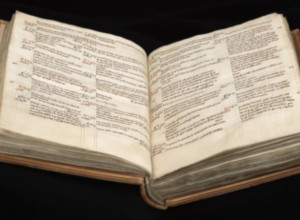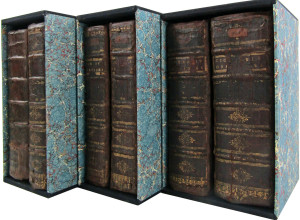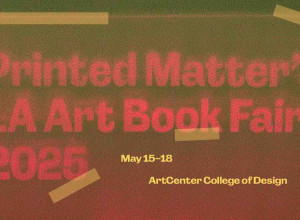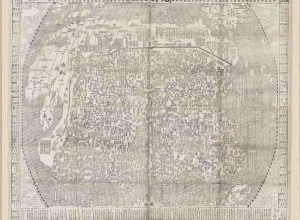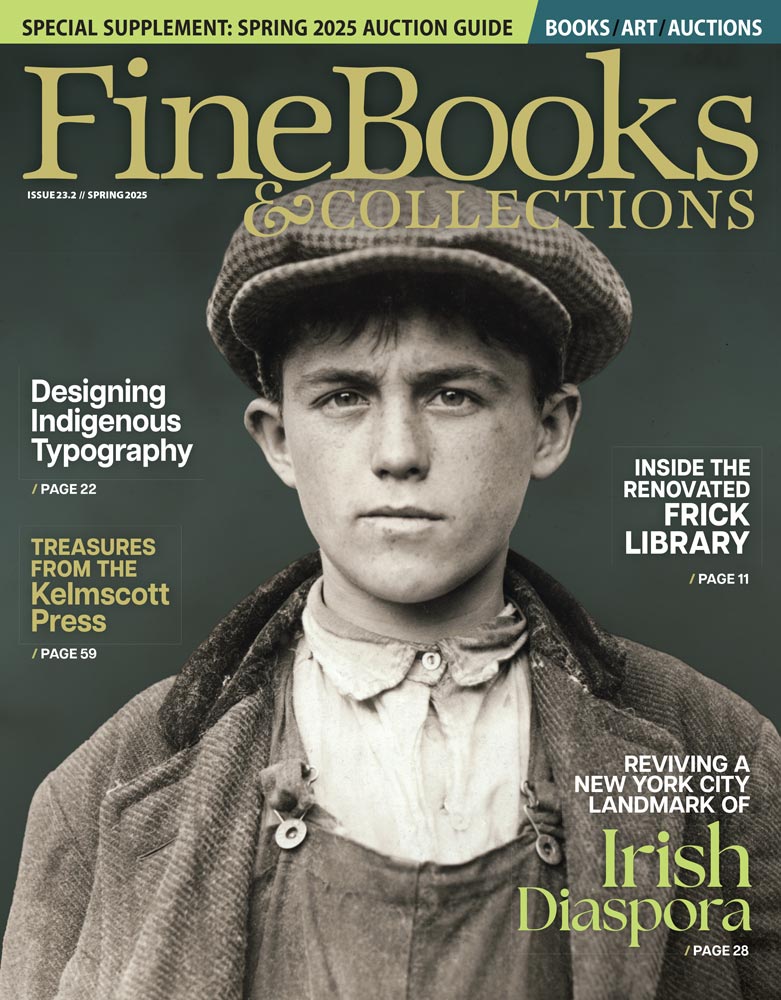"Colors represented virtues, and intricate embroidery conveyed holiness or moral values," said Jörn Günther. "Even seemingly straightforward depictions, such as that of the Virgin Mary, reveal a highly codified system of symbolism. Her colours – blue, gold, red, and white – were key indicators to a medieval viewer of her multi-faceted identity as mother, virgin, and Queen of Heaven. These visual codes went far beyond mere style, they communicated the beliefs, values, and position of the wearer within the broader social and spiritual framework of the time."
The exhibition also highlights how medieval fashion continues to resonate in the modern world. Designers such as Dior, Alexander McQueen, Valentino, and Jean Paul Gaultier frequently draw inspiration from medieval manuscripts, blending historical heritage with avant-garde creativity. One of the most striking connections between medieval and modern fashion is the revival of textures and fabric structures depicted in these manuscripts. The voluminous, draped robes of monarchs and the complex textile layers seen in the manuscripts echo in today’s couture collections.

